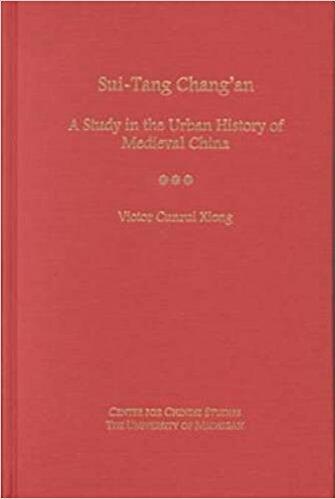Sui-Tang Chang’an
A Study in the Urban History of Late Medieval China
A vivid history of medieval China’s most cultivated metropolis
Description
Chang'an was the most important city in early imperial China. Located in the present day Xi’an area of Shaanxi Province, it was the most spacious and often the most populous urban center in the world during its existence. Laid out as the terrestrial abode of the Son of Heaven, the axis mundi from which he sought and received divine sanction from Heaven, Earth, ancestral spirits, and other gods, Sui-Tang Chang’an was the medieval Chinese city at its most spectacular. Its symmetrical plan was executed to perfection, following an ancient urban cosmology, and its gridiron framework included over a hundred orthogonally designed mini-cities—the consummation of a centuries-old urban ward system. Although dominated by a sophisticated secular culture, Chang’an was permeated with the spirit of monastic religion. Although governed by officials schooled in an anti-mercantile tradition, Chang’an played host to a dynamic and thriving business community. Offering diversity, tolerance, and above all, civilization, Chang’an attracted travelers, merchants, pilgrims, and scholars from all over China and Asia.Sui-Tang Chang’an is the first comprehensive study of the Sui-Tang capital in the English language. Following a background sketch of the earlier Han dynasty Chang'an and an analysis of the canonical and geomantic bases of the layout of the Sui-Tang capital, Victor Xiong focuses on the essential components of the city—its palaces, central and local administrative quarters, ritual centers, marketplaces, residential wards, and monasteries. Based on careful textual and archaeological research, this volume vividly narrates why Sui-Tang Chang'an was considered the most spectacular metropolis of its age.
Victor C. Xiong is Associate Professor of Asian History and Chair of East Asian Studies, Western Michigan University. He has written several articles on the urban, cultural, and socioeconomic history of early imperial China, with special focus on the

